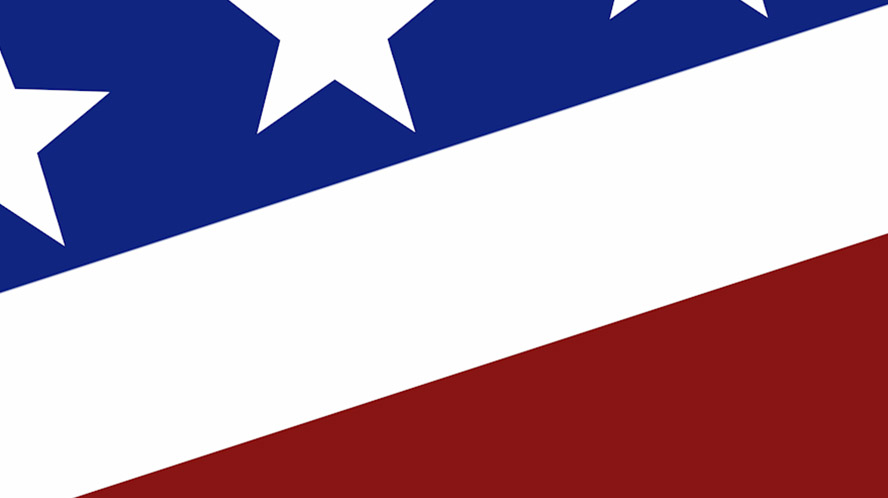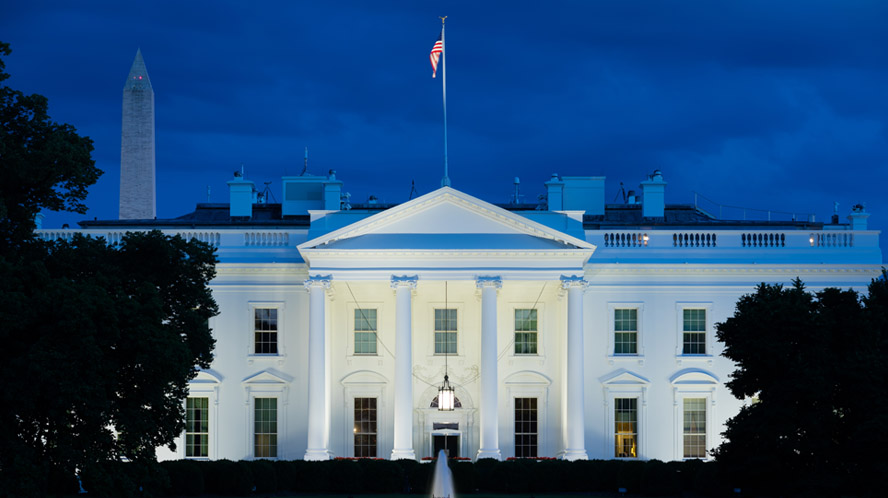With the U.S. general election on the horizon, investors are trying to understand a range of potential impacts based on who might move into the White House in 2025. The strength of the dollar relative to other global currencies is a key consideration in light of some of the candidates’ policy proposals.
“Investors have a heightened interest in how election results could move the U.S. dollar, given its status as the world’s reserve currency—the favored choice for central bank allocations, global trade financing, cross-border lending and global debt issuances,” says Andrew Watrous, Morgan’s G10 Currency Strategist.
Republican nominee former President Donald Trump has supported a weaker U.S. dollar, contending that it would encourage exports. However, Morgan Research analysis indicates that the currency is likely to gain strength if he retakes the White House and boosts import tariffs, as promised on the campaign trail: As other countries start to feel the pain of the goods surcharges, investors could view the U.S. as a more stable destination for their money. Conversely, a victory by Vice President Kamala Harris could weaken the dollar: Investors may see less opportunity to reap a premium, since less-adversarial trade policy could diminish the need for a hedge against volatility elsewhere.
“Beyond campaign-trail rhetoric on trade policy, a broad range of fiscal, regulatory and national security policy choices can move the U.S. dollar by affecting expectations for economic growth, commodity prices and risk demand,” says Ariana Salvatore, Morgan policy strategist.
Here’s what investors need to keep in mind.
Uncertainty vs. Continuity
U.S. presidents have significant discretion over trade policy, unlike other policy domains, making this one of the central avenues by which the November election could influence exchange rates. Morgan Research analysis suggests that Trump’s reelection would bring uncertainty in trade policy and geopolitics that would support the dollar.
“For instance, Trump has already said he would raise tariffs on Chinese imports to 60% or more if he is reelected. If polls show that his reelection is likely as we get closer to Election Day, it could send the dollar higher,” says Watrous. “The prospect of tariffs could weigh on growth expectations outside the U.S. Additionally, foreign officials may seek to weaken their own currencies to offset the effect of tariffs on their economic growth.”
The greenback rose in the months following Trump’s surprise 2016 victory over Democrat Hillary Clinton and rose roughly 3% from the time of the 2016 election to the onset of the COVID-19 pandemic. In 2018 and 2019, when the Trump administration levied tariffs on thousands of products, the dollar was likely boosted by the effects of the uncertainty on consumption, investment, monetary policy and risk demand, as well as policy-driven currency depreciation by U.S. trading partners.




